1. Woolworth’s
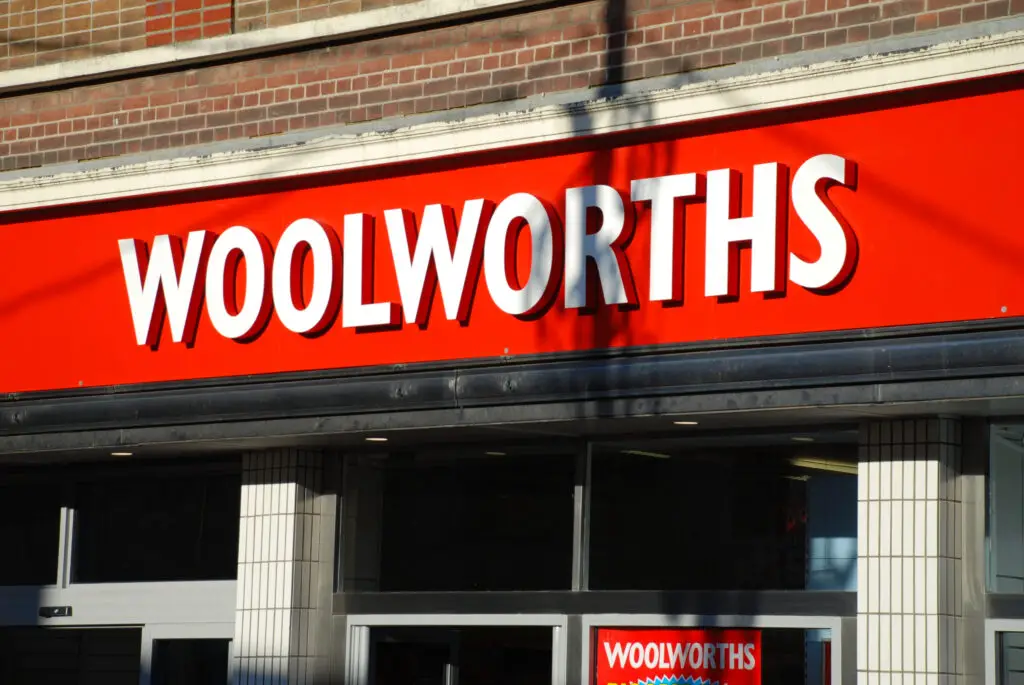
Woolworth’s was more than just a five-and-dime store, it was an anchor in so many towns. You could run in for a pack of socks, grab school supplies, and then sit at the lunch counter for a burger and a milkshake. Parents loved it because it was affordable, kids loved it because it felt like an adventure. Walking those aisles was like flipping through a community scrapbook.
What really made Woolworth’s special was the way it pulled people together. You’d always bump into a neighbor, a teacher, or a classmate while shopping. It wasn’t just a store, it was a meeting place where stories and friendships grew. When Woolworth’s closed, many communities felt like they lost a piece of their identity.
2. Montgomery Ward
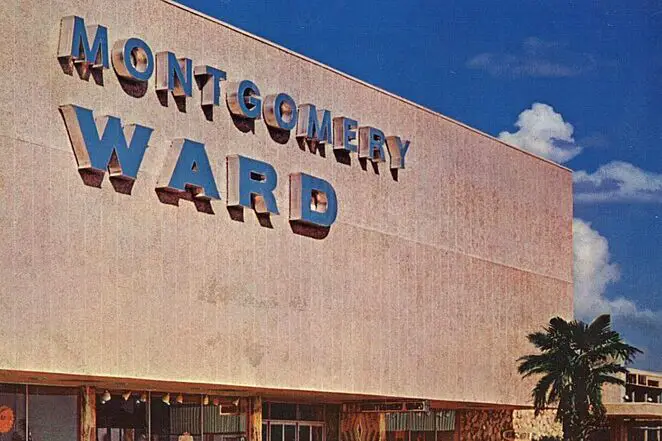
Montgomery Ward was the kind of place families depended on for decades. Its catalogs were like mini wish books, letting kids circle toys while adults eyed appliances and clothes. Stepping into the store felt like watching those pages come alive. It was a one-stop destination for just about everything a household needed.
For many, Montgomery Ward marked milestones, like buying your first washing machine or your first bike. The stores had a sense of reliability, like they’d always be there when you needed them. That sense of security tied people to the brand in a way modern stores don’t quite capture. When it shuttered, it left behind empty buildings and bittersweet memories.
3. J.C. Penney
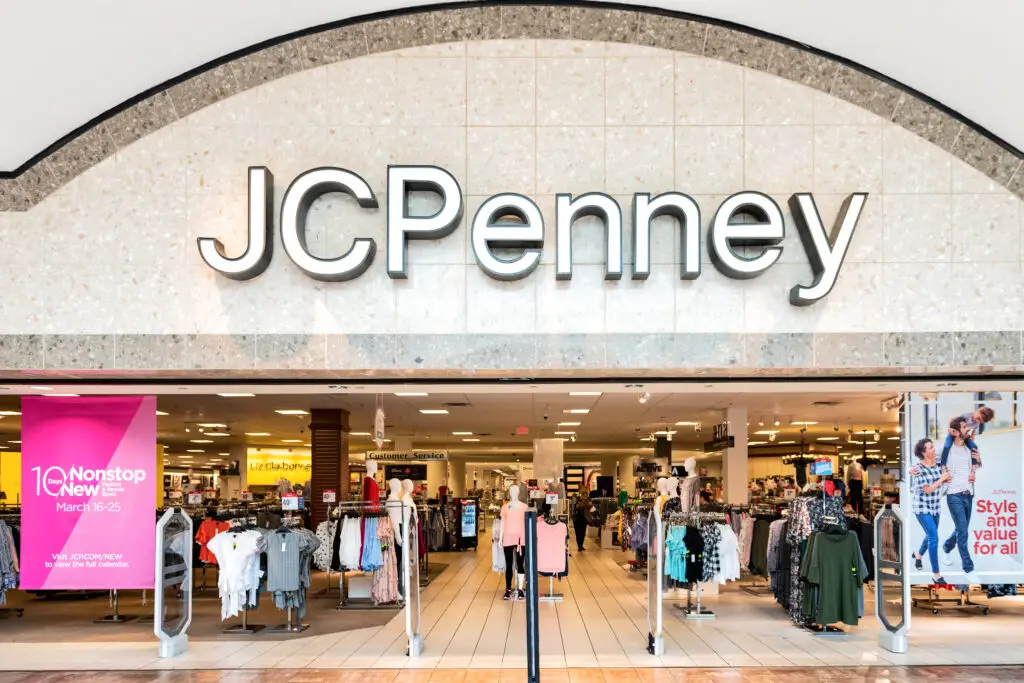
J.C. Penney was once the place where entire families were outfitted. Parents shopped for work clothes, kids picked out their back-to-school outfits, and the catalog fueled countless Christmas lists. The stores had everything from dresses to bedding, making them a reliable stop for all occasions.
The real draw was its balance of affordability and style. It made people feel like they could have a little luxury without overspending. Many towns had a J.C. Penney anchoring their malls, making it not just a store but a gathering point. Its decline marked the end of an era of dependable department store shopping.
4. Sears
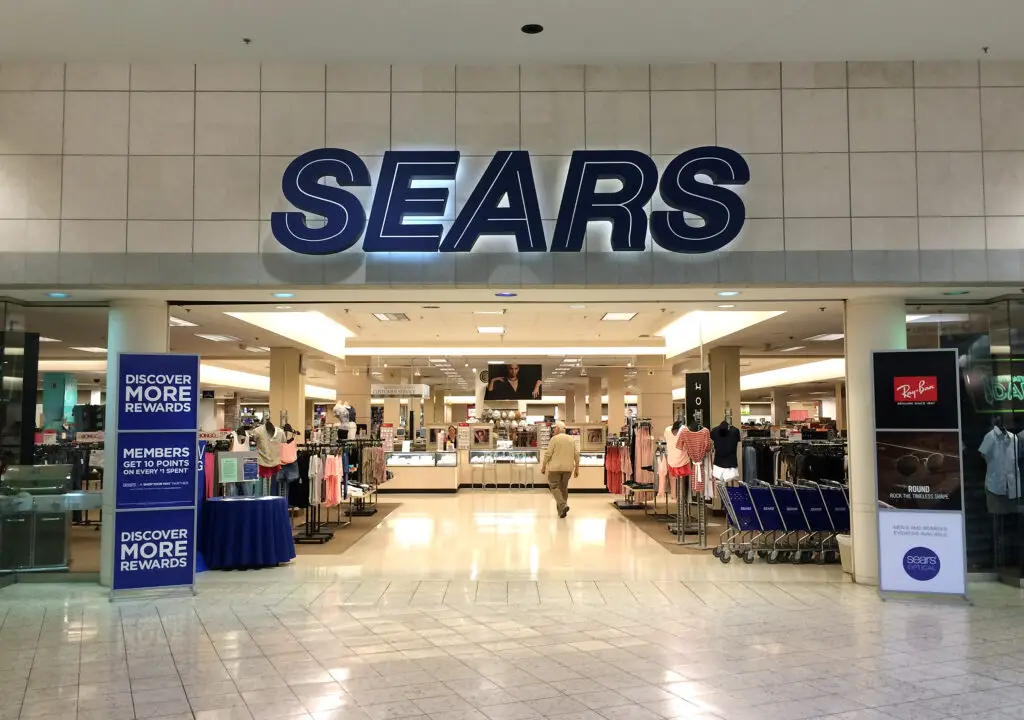
Sears wasn’t just a store, it was an empire. From appliances to tools, to clothing and catalog orders, it felt like Sears had it all. Families spent hours wandering its huge aisles, and the catalog itself was practically a household staple.
Communities relied on Sears in ways that went beyond shopping. Buying a fridge or washer from Sears was almost a rite of passage, and the service counter was trusted like no other. For kids, it was a wonderland of toys and shiny new bikes. When Sears stores started closing, many malls felt emptier overnight.
5. Hills
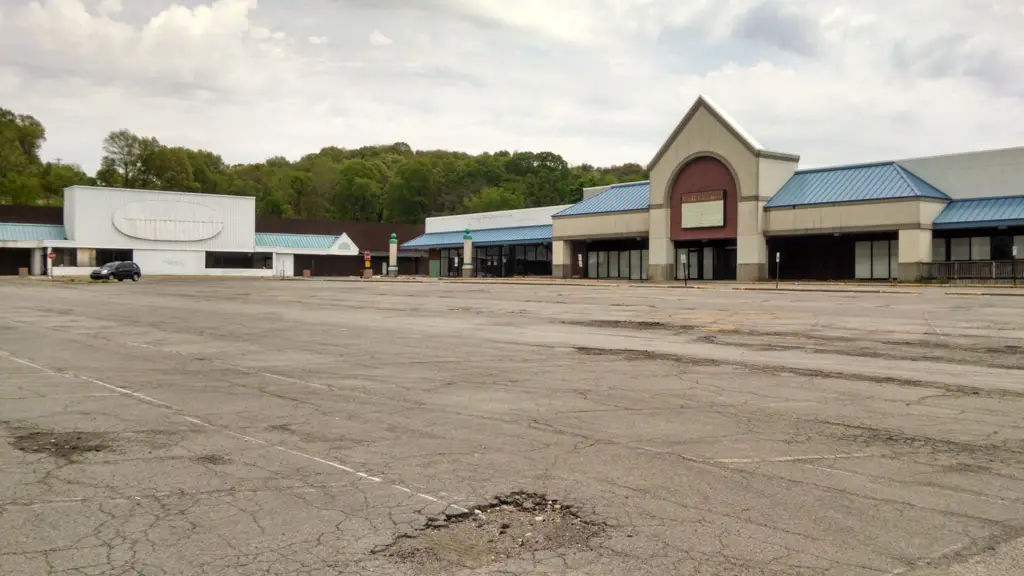
Hills stores always felt fun, especially for kids. They became famous for handing out free popcorn, which made running errands feel like a treat instead of a chore. Parents could shop in peace while kids happily munched and wandered through the toy aisles.
During the holidays, Hills was magical. Its toy sections felt like wonderlands, buzzing with excitement and holiday music. Families built traditions around shopping trips there, and even now, people talk about the smell of that popcorn. It was practical shopping with a side of joy, and that’s what made it special.
6. Kmart
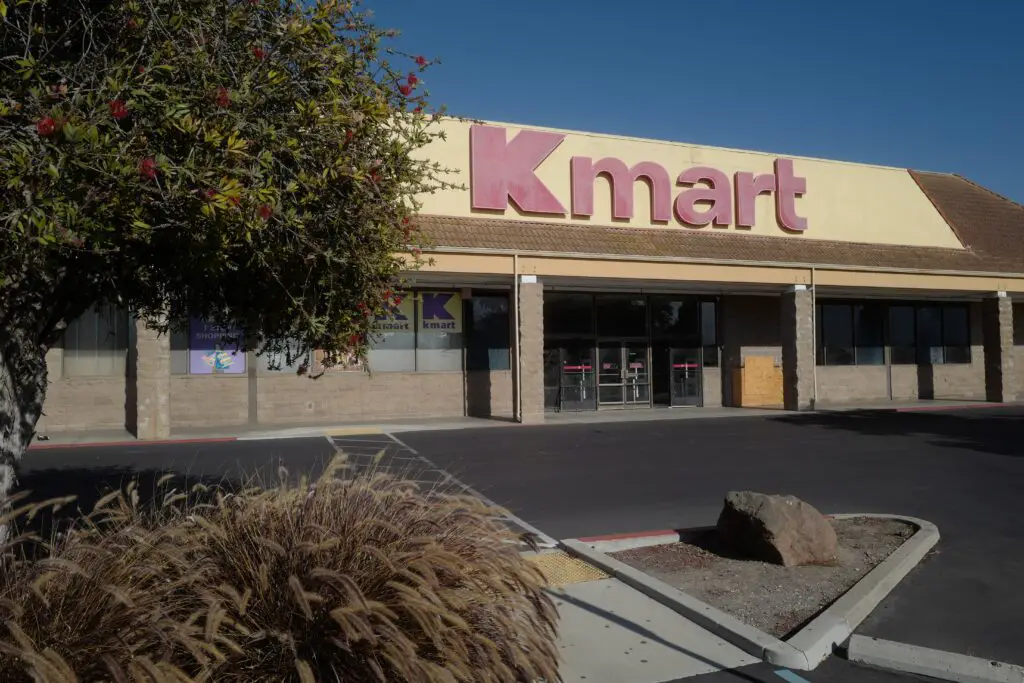
For years, Kmart was a powerhouse in the retail world. The famous Blue Light Specials created a buzz that made shopping feel exciting. People rushed to find deals while kids lingered in the toy aisles or begged for Icees and pretzels at the café.
Kmart’s strength was its balance between affordability and fun. It was the place where families stretched budgets while still finding treasures. The store’s big red logo became a landmark in communities, and visiting felt like a shared family ritual. Its downfall left a noticeable void that bargain chains never quite filled.
7. Shopko
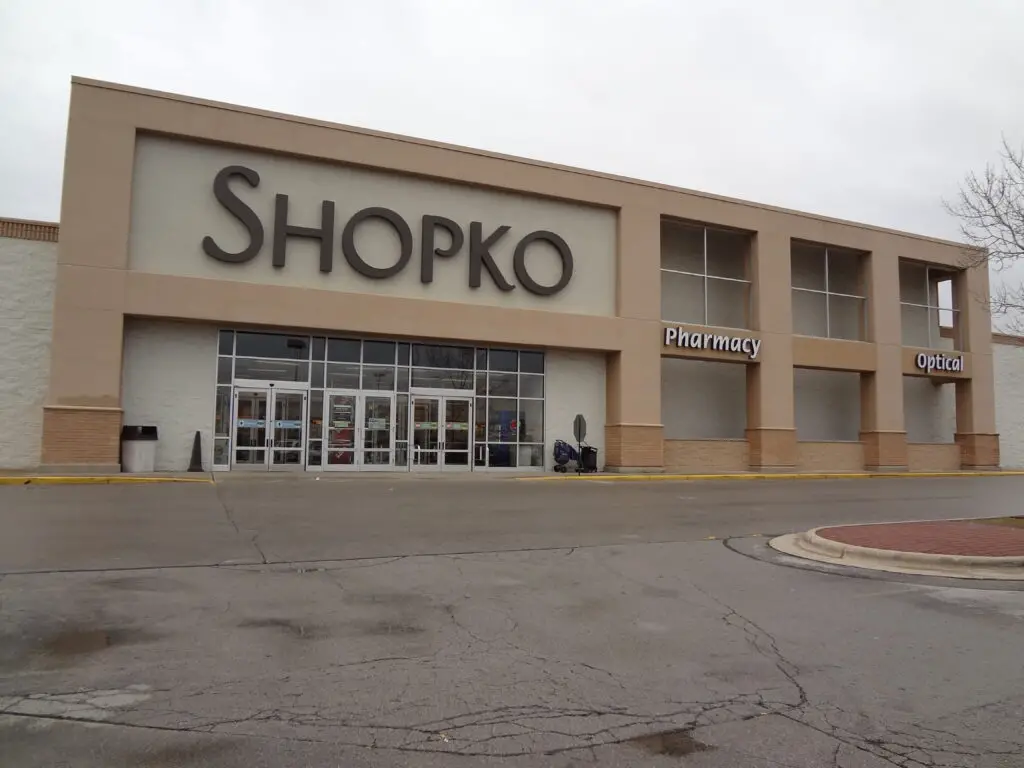
Shopko might not have had the flash of Sears or Kmart, but in many towns, it was a lifeline. It carried clothing, household goods, and even a pharmacy, making it truly a one-stop shop. The stores were especially important in smaller communities without many retail options.
People trusted Shopko for everyday essentials and relied on it during seasonal rushes. It wasn’t glamorous, but it was dependable, and that’s what made it beloved. Shopping there often felt like running into half the neighborhood. Its closure hit hard in the very places that counted on it most.
8. G.C. Murphy
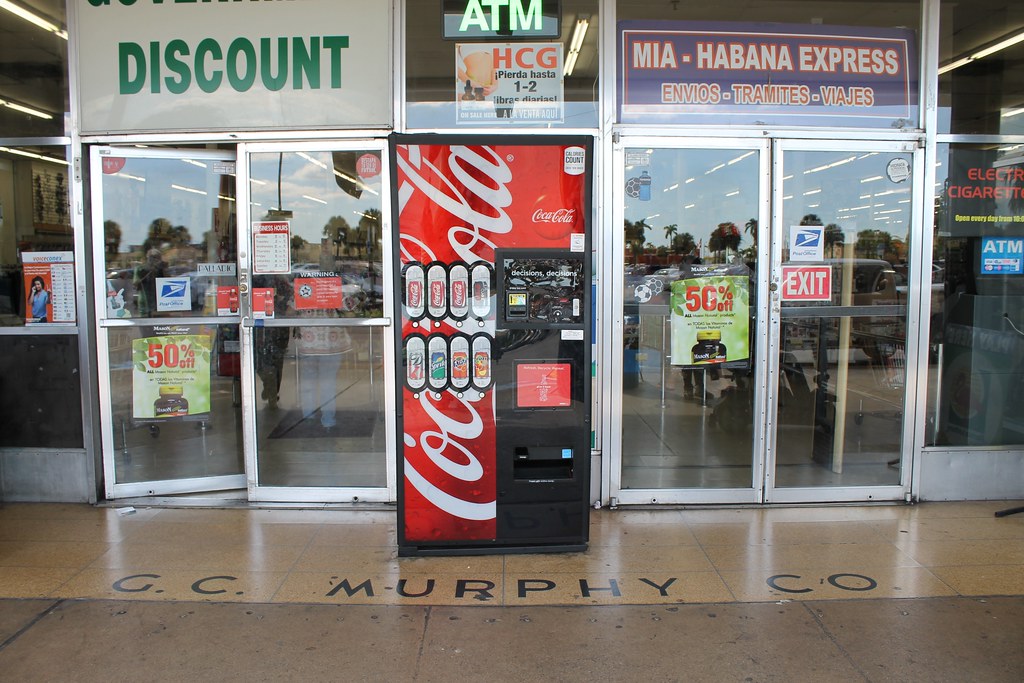
G.C. Murphy was a five-and-dime chain that made small towns feel big. You could pick up hardware, fabric, or candy, and there was usually a snack counter where locals gathered. It was part store, part social space, and families cherished the convenience.
What stood out was the personal touch. Clerks knew their customers by name, and neighbors often lingered just to chat. In many towns, Murphy’s was woven into the fabric of daily life. Its disappearance marked the end of that intimate kind of shopping.
9. Zayre
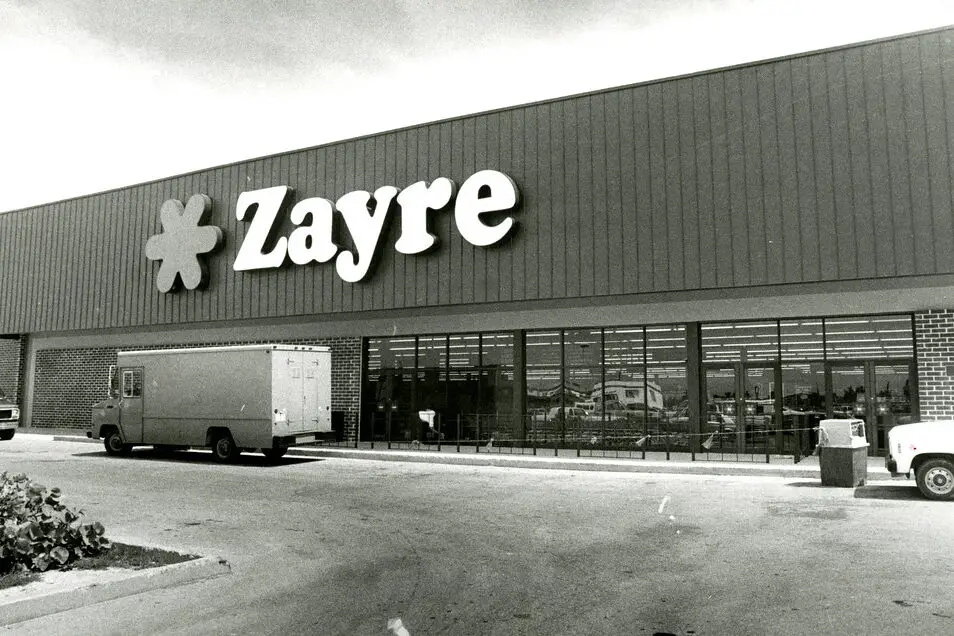
Zayre had an energy that made bargain shopping feel exciting. With wide aisles and a little bit of everything, it was the kind of place where you never knew what treasure you’d find. Commercials promised deals, and shoppers left feeling like they got the upper hand.
Families often made outings to Zayre, especially on weekends. Kids wandered toy aisles while parents browsed clothing and home goods. It wasn’t just about necessity, it was about the thrill of discovery. That excitement faded once Zayre disappeared.
10. Service Merchandise
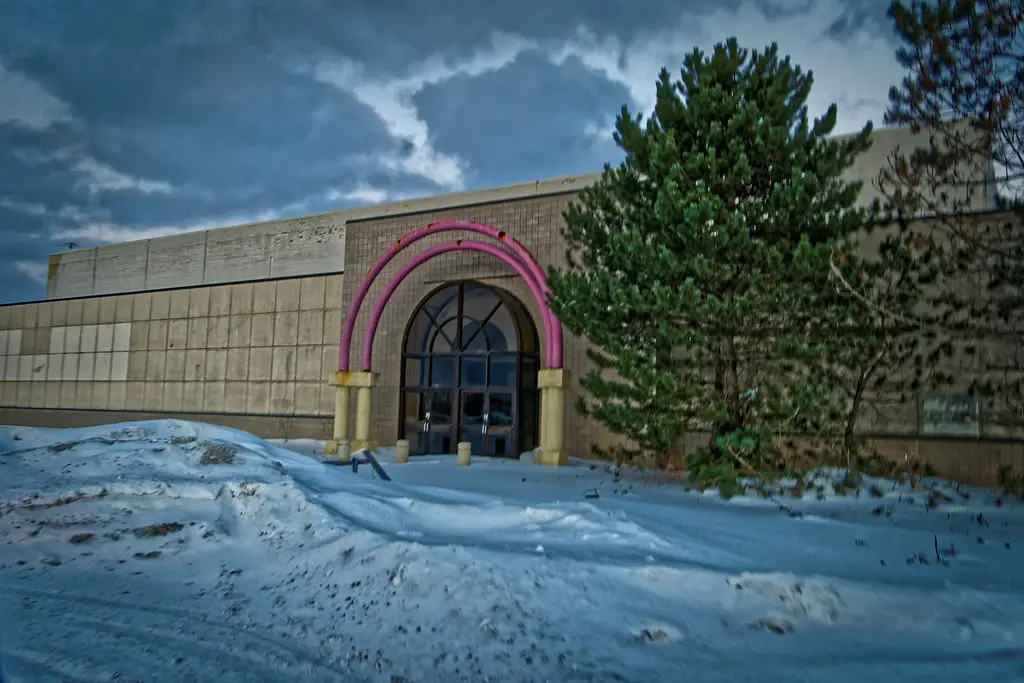
Service Merchandise was a little different, thanks to its catalog showroom format. You’d browse the displays, jot down what you wanted, and then pick it up at the counter. For kids, watching items come down the conveyor belt felt like magic.
It was a mix of efficiency and wonder that set Service Merchandise apart. Families trusted it for everything from jewelry to electronics. Even though the process seems outdated now, it felt futuristic at the time. Losing it meant losing one of the most unique shopping experiences around.
11. Mervyn’s
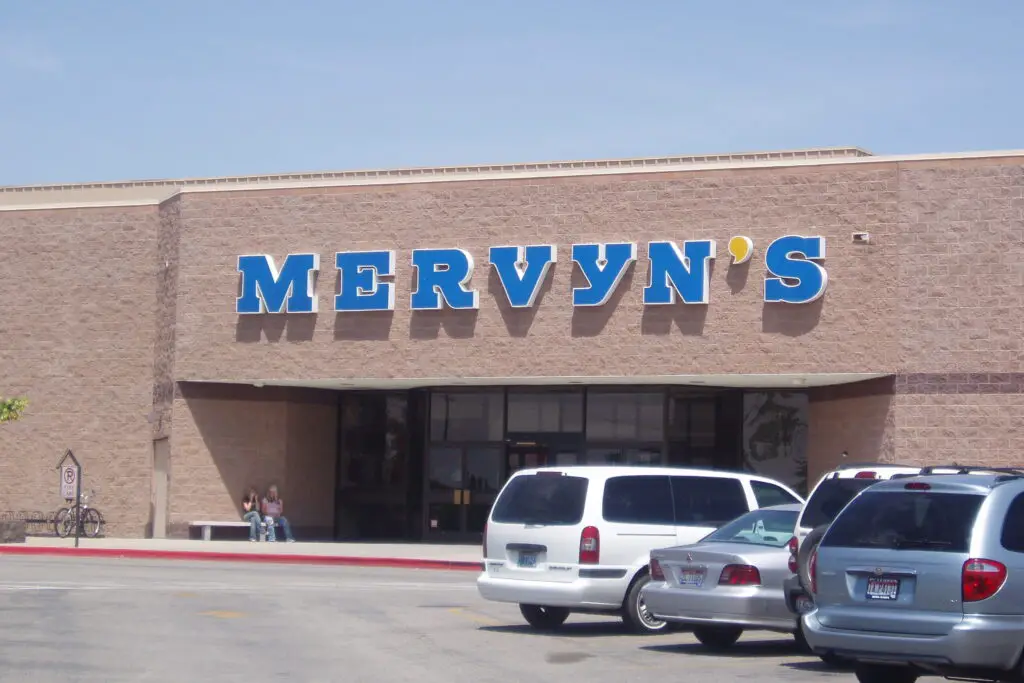
Mervyn’s was especially beloved on the West Coast and in parts of the Midwest. Known for its frequent sales and reliable clothing, it became a back-to-school tradition for countless families. Parents appreciated the value, while kids loved starting fresh with new outfits.
The stores felt approachable, never too fancy but always dependable. That balance made Mervyn’s a comfort zone in the often-overwhelming world of department stores. It was a place where families felt like they belonged. Its loss left many communities with one less gathering point.
12. Bradlees
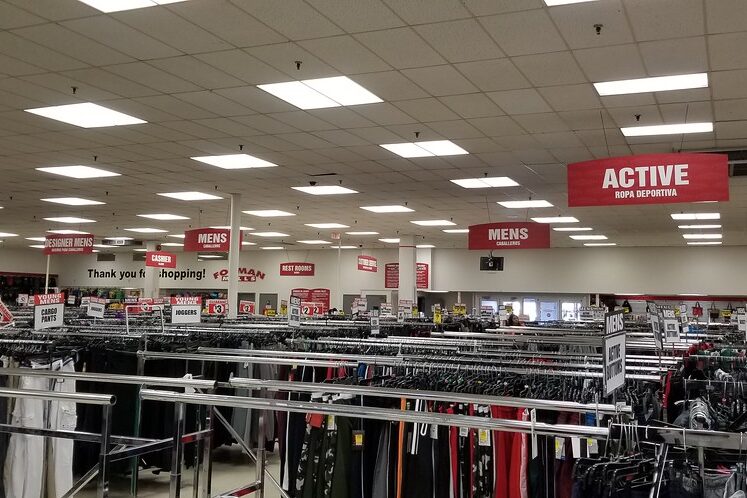
Bradlees was a fixture in the Northeast, known for its deals and family-friendly shopping. It had the energy of a busy community hub, where parents grabbed essentials and kids tagged along for fun. Weekend shopping trips there were a ritual for many households.
Bradlees had a way of feeling lively, like something was always happening. From clothing to seasonal décor, it offered everything at a price that worked for families. Its absence left a hole in communities where it had been the go-to choice. Shoppers still talk fondly about their Bradlees days.
13. Caldor

Caldor was another East Coast favorite, and for many families, it was the spot for practical shopping. Known for solid deals and wide aisles, it made everything from clothing to home goods feel accessible. It might not have been flashy, but it was reliable.
The store’s reputation for affordability built a loyal following. Families came back week after week, and the familiar layout made it feel like home. Caldor may not have made national headlines, but locally, it mattered. Its closing meant the end of a dependable neighbor.
14. Venture
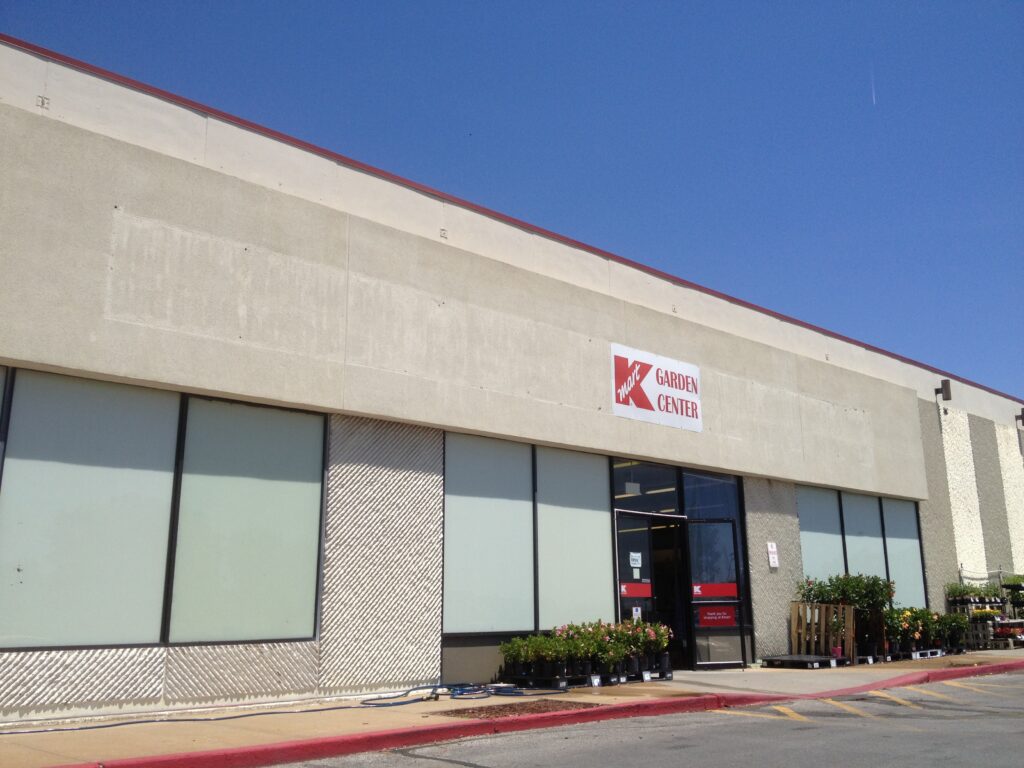
Venture was a Midwestern chain that stood out with its bold black-and-white striped logo. Families loved its balance of affordability and variety, making it a weekend destination. From clothing to toys, it had everything parents and kids needed under one roof.
The atmosphere was warm and busy, a true community hub where neighbors often crossed paths. Venture wasn’t just about finding bargains, it was about the shared experience of shopping together. Its closure hit hard in the Midwest, where it had been woven into daily life.
15. Gimbels
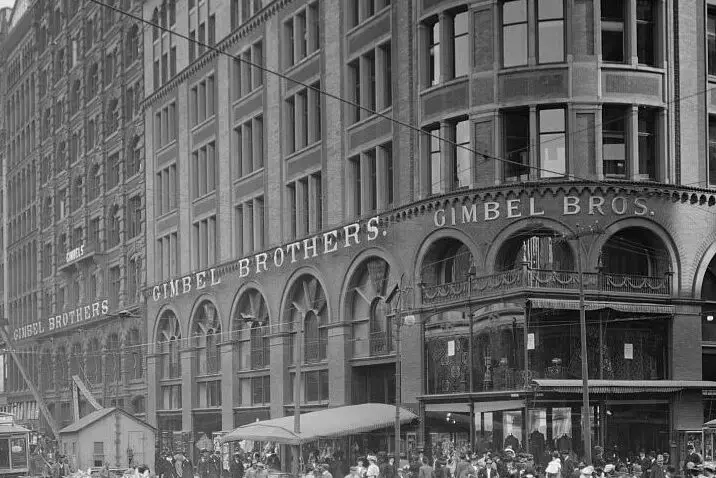
Gimbels was once a department store giant, famous for its rivalry with Macy’s and its spot in Miracle on 34th Street. It was a place where holiday shopping felt magical and everyday errands felt a little more glamorous. Families loved the tradition of browsing its decorated floors.
What set Gimbels apart was its sense of occasion. Shopping there felt special, and entire communities tied memories to the store. It was woven into culture, not just commerce. When it closed, it wasn’t just a retail loss, it felt like the end of an era.
